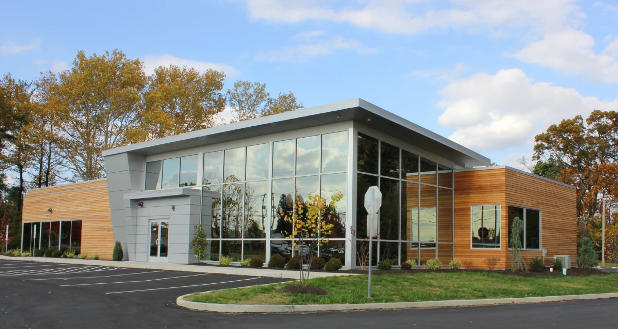


In this article, we explore the core principles of healthcare interior design, emerging trends, and how intentional design.
In modern healthcare, interior design is more than just a matter of aesthetics—it’s a vital component of patient care. Well-designed healthcare spaces contribute to faster recovery, lower stress levels, and improved staff performance. From hospitals and clinics to long-term care and outpatient facilities, Healthcare interior design plays a critical role in shaping the patient experience and operational efficiency.
Healthcare interior design focuses on creating functional, safe, and therapeutic environments for patients, visitors, and medical professionals. This specialized field combines elements of architecture, ergonomics, and psychology to support health and well-being.
Spaces must cater to the physical and emotional needs of patients. Soothing color palettes, soft lighting, and access to natural elements like plants or daylight help create a calming environment conducive to healing.
Navigating a healthcare facility can be confusing. Clear signage, intuitive layouts, and universal design principles ensure that patients, including those with disabilities, can move through spaces with ease.
Material selection is vital. Designers use non-porous, antimicrobial surfaces in high-touch areas. Proper ventilation, negative pressure rooms, and easy-to-clean flooring also help maintain a hygienic environment.
Nurses, doctors, and support staff benefit from efficient layouts, ergonomic furniture, and wellness spaces like quiet rooms or lounges. Design that minimizes steps and allows clear lines of sight improves productivity and reduces fatigue.
Healthcare is evolving rapidly. Modular design, adaptable rooms, and technology-ready infrastructure ensure that facilities can respond to changing needs, such as telemedicine or emergency surges.

Environmental psychology plays a central role in healthcare interior design. Evidence-based design (EBD) suggests that the built environment directly impacts patient outcomes. Studies show that rooms with natural light, art, and views of nature can lead to:
Incorporating these elements into hospitals, clinics, and medical offices is no longer optional—it’s best practice.
Bringing nature indoors through plants, water features, wood textures, and daylight access. Biophilic environments lower blood pressure and promote calm.
From touchless check-ins to telehealth rooms, technology is embedded seamlessly into interior layouts and furniture design.
Instead of a central hub, smaller workstations near patient rooms reduce response times and improve patient-staff interaction.
Modern healthcare design borrows elements from hotels and spas—think warm finishes, contemporary furniture, and ambient lighting—to make facilities feel less clinical.
Surfaces with built-in antimicrobial properties, sound-absorbing acoustics, and durable fabrics enhance hygiene and comfort simultaneously.

Each facility type presents unique design challenges and requirements that must be thoughtfully addressed to optimize care delivery.
Investing in quality interior design is not just good for patients—it’s good for business. Healthcare organizations report measurable returns, including:
When patients feel comfortable, they’re more likely to trust providers, follow care plans, and return for future services.

Choosing a firm that specializes in healthcare environments ensures that your space meets both aesthetic goals and clinical standards. A professional design team will:
A great design firm will tailor your space to the culture of your organization and the needs of your patients.
Healthcare interior design is a vital part of building spaces that heal, support, and serve. Whether you’re starting a new clinic or renovating an existing hospital wing, investing in thoughtful, evidence-based design pays dividends in every aspect of care
Explore their portfolio or schedule a consultation at greencurvestudio.com to see how veterinary design can transform your practice.
